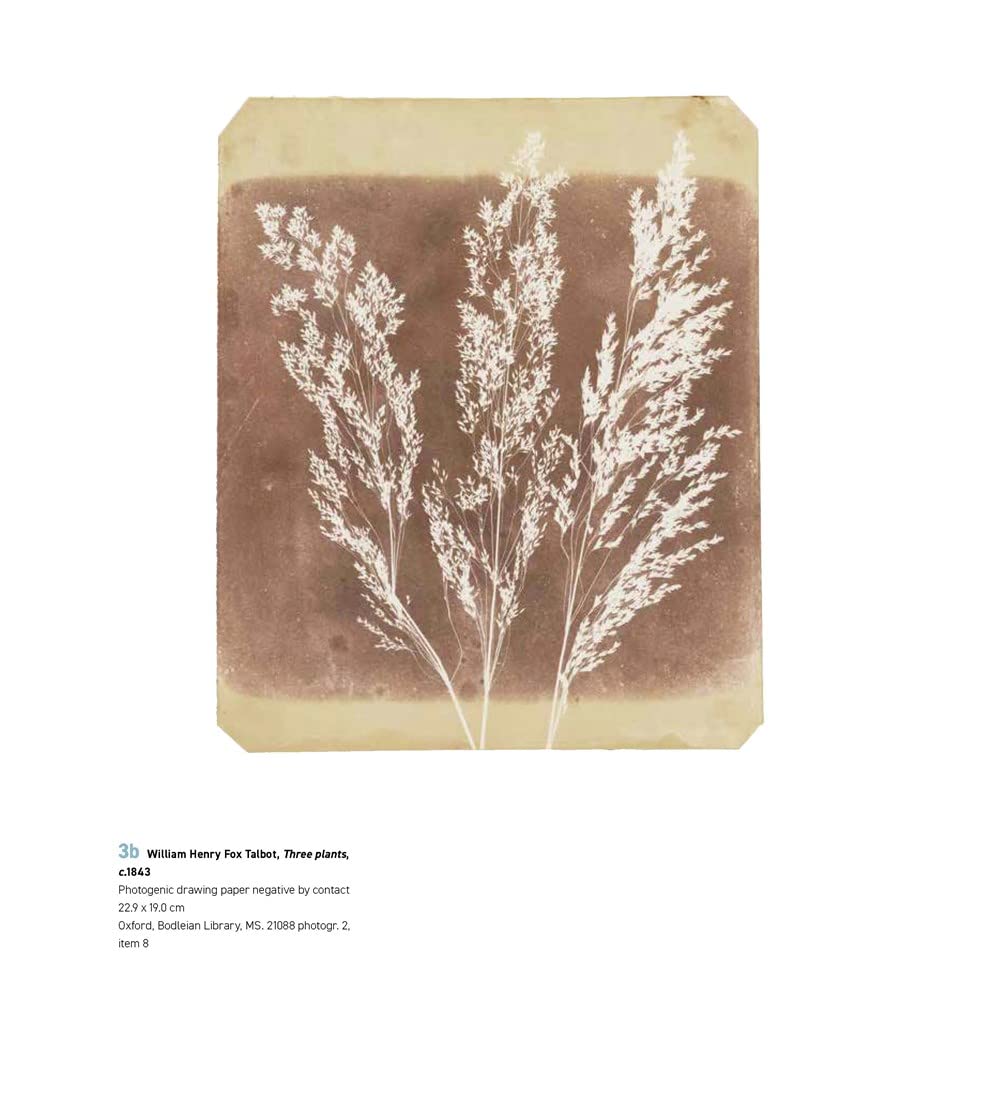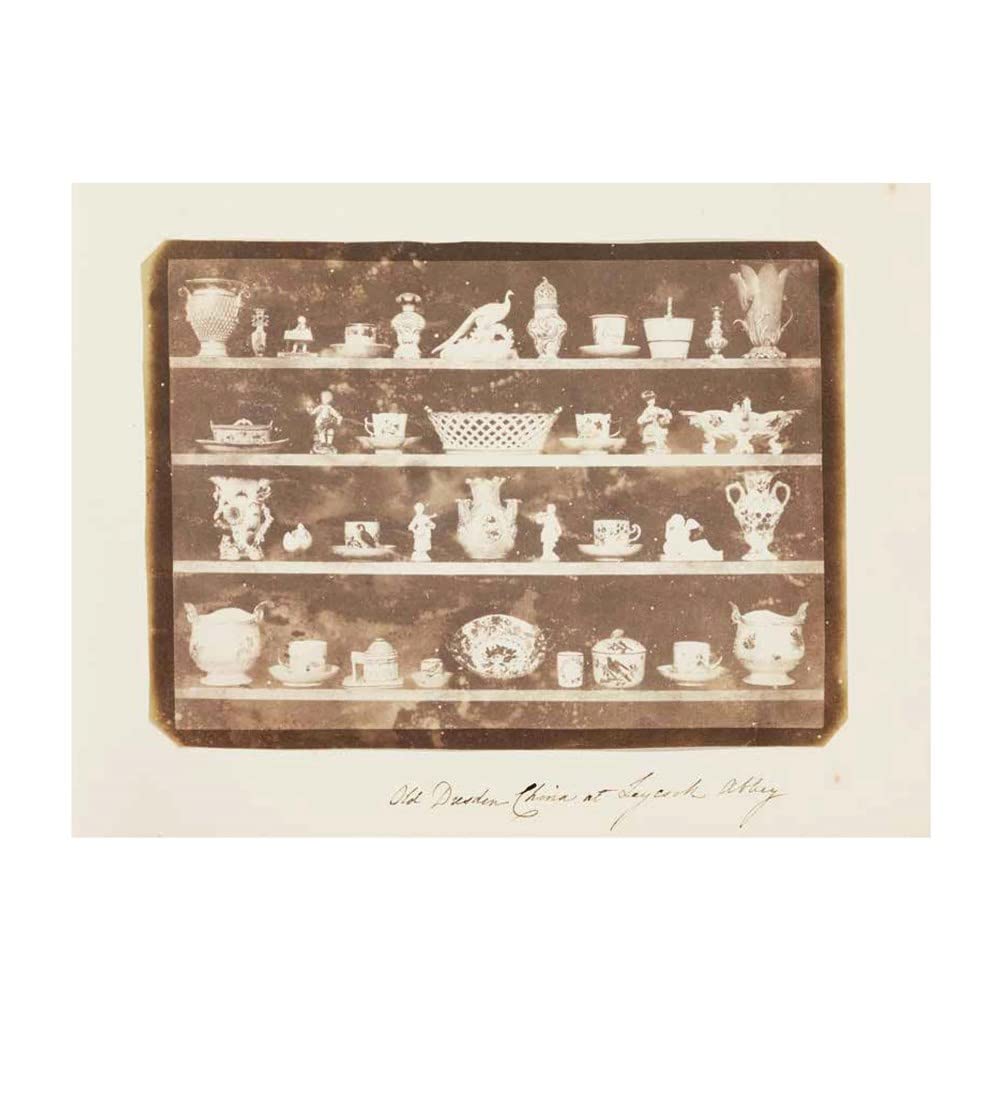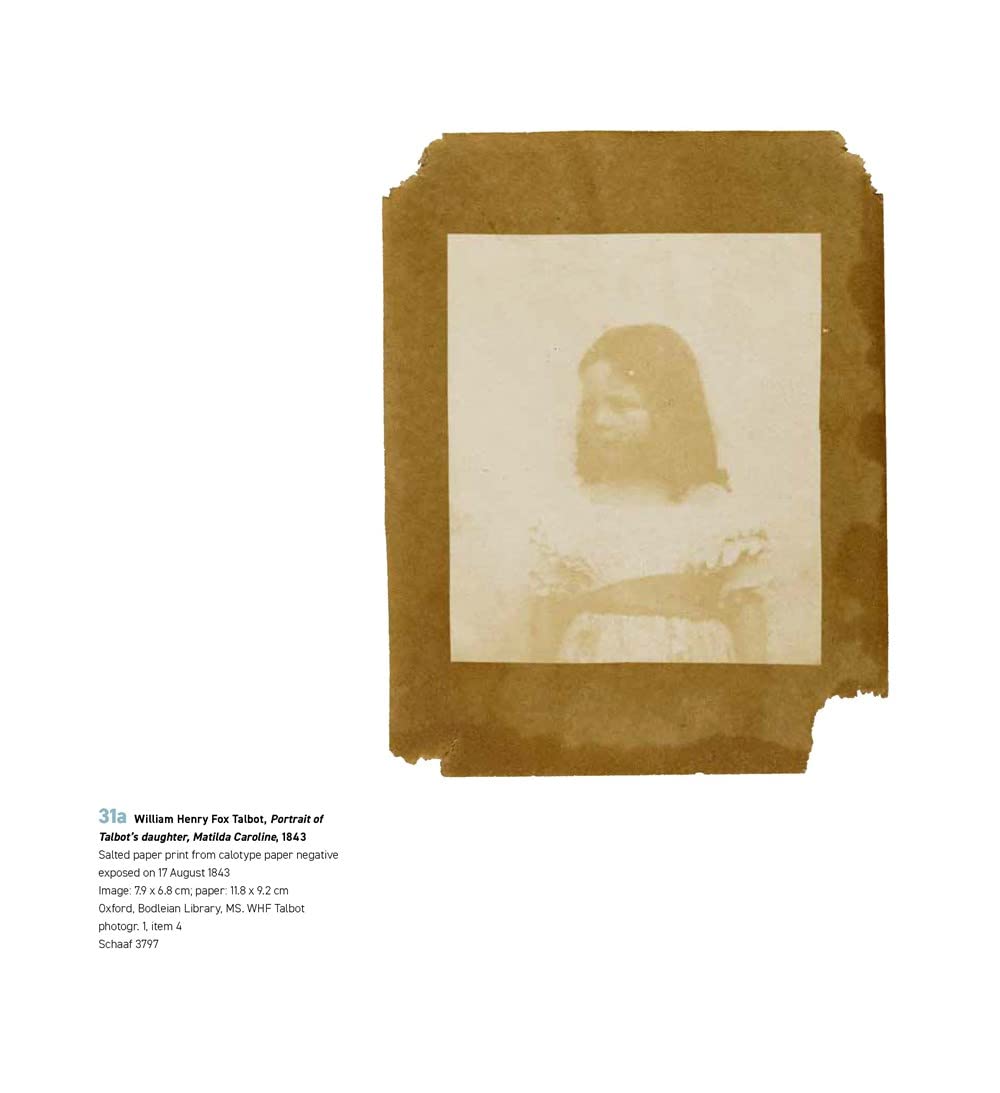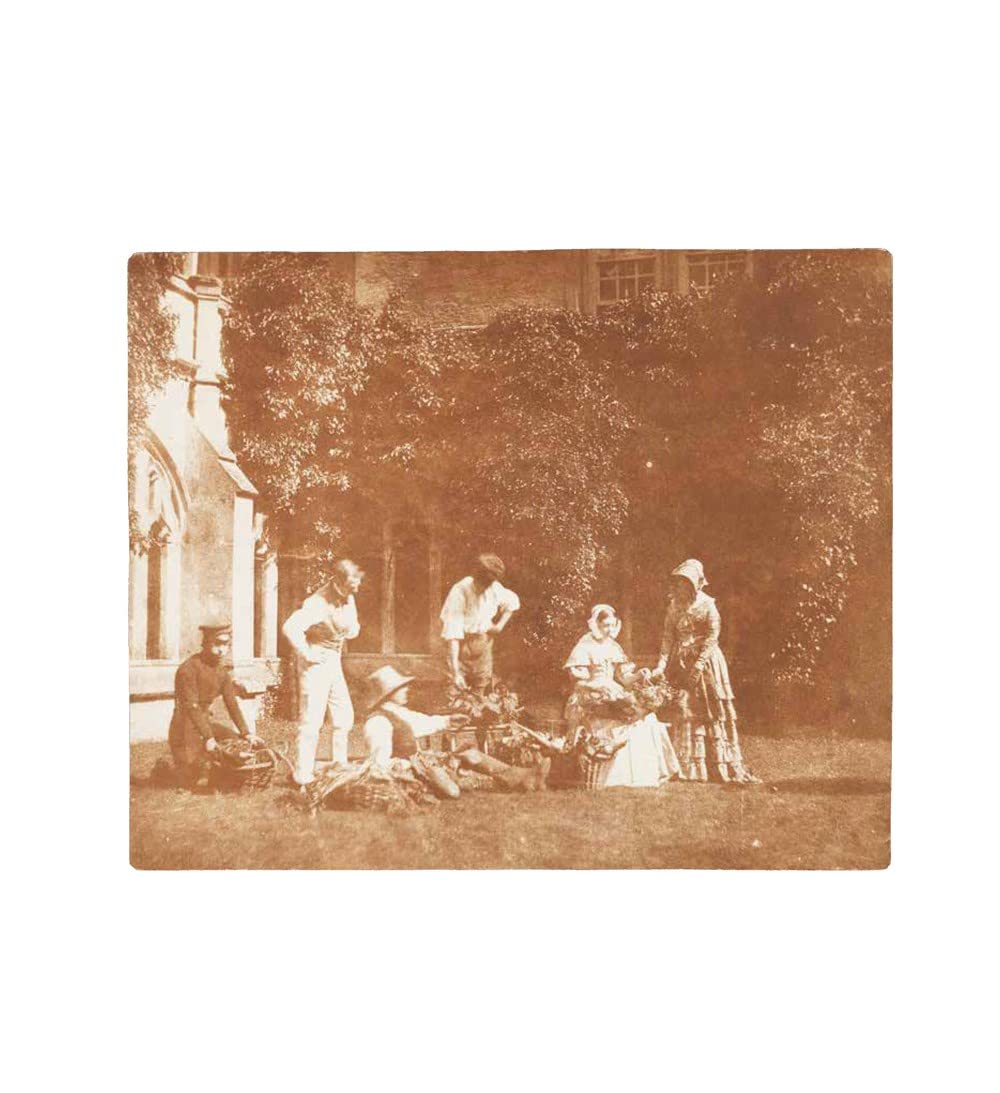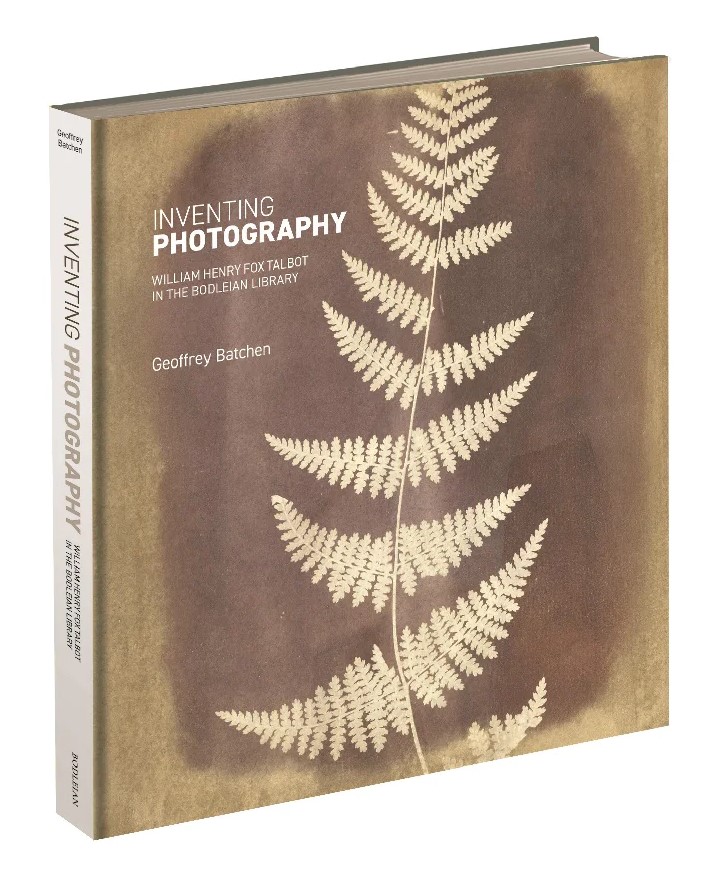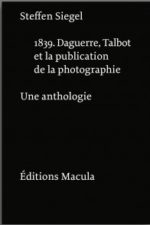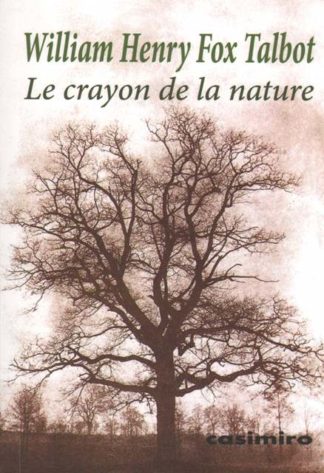Puisant dans les archives de la bibliothèque de Bodleian, dont trois albums donnés par Talbot à sa sœur, Horatia Feilding, ainsi que dans ses livres illustrés, Sun Pictures in Scotland et The Pencil of Nature, ce volume montre comment Talbot inventait continuellement la photographie. Une sélection de quatre-vingts planches pleines fournit un aperçu thématique du travail de Talbot, reproduisant des images qui documentent ses voyages, sa maison et sa famille, ainsi que ses intérêts intellectuels, de la science à la littérature et aux langues anciennes.
Une introduction illustrée place le travail de Talbot dans le contexte d’une Grande-Bretagne modernisée, ainsi que dans son propre milieu social et intellectuel, et explore comment le processus de daguerréotype concurrent a incité Talbot à améliorer ses propres techniques et à chercher de nouvelles fonctions et utilisations pour les photographies sur papier.
Cette sélection évocatrice témoigne de la quête constante de Talbot pour de nouvelles avancées photographiques, offrant une fenêtre convaincante sur les archives d’un homme extraordinairement déterminé et créatif ; préface de Richard Ovenden, sous la direction et textes de Geoffrey Batchen (Professeur d’Histoire de l’Art à l’Université d’Oxford).
Drawing on archive material in the Bodleian Library, including three albums given by Talbot to his sister, Horatia Feilding, as well as his illustrated books, Sun Pictures in Scotland and The Pencil of Nature, this volume shows how Talbot was continually inventing photography anew. A selection of eighty full-page plates provides a thematic survey of Talbot’s work, reproducing images that document his travels, his home and his family, as well as his intellectual interests, from science to literature to ancient languages.
An illustrated introduction places Talbot’s work within the context of a modernising Britain, as well as within his own social and intellectual milieu, and explores how the competing daguerreotype process spurred Talbot to improve his own techniques and seek new functions and uses for paper-based photographs.
This evocative selection is testament to Talbot’s constant quest for new photographic advances, offering a compelling window into the archives of an extraordinarily determined and creative man ; foreword by Richard Oveden, edited and texts by Geoffrey Batchen (Professor of History of Art at the University of Oxford).


